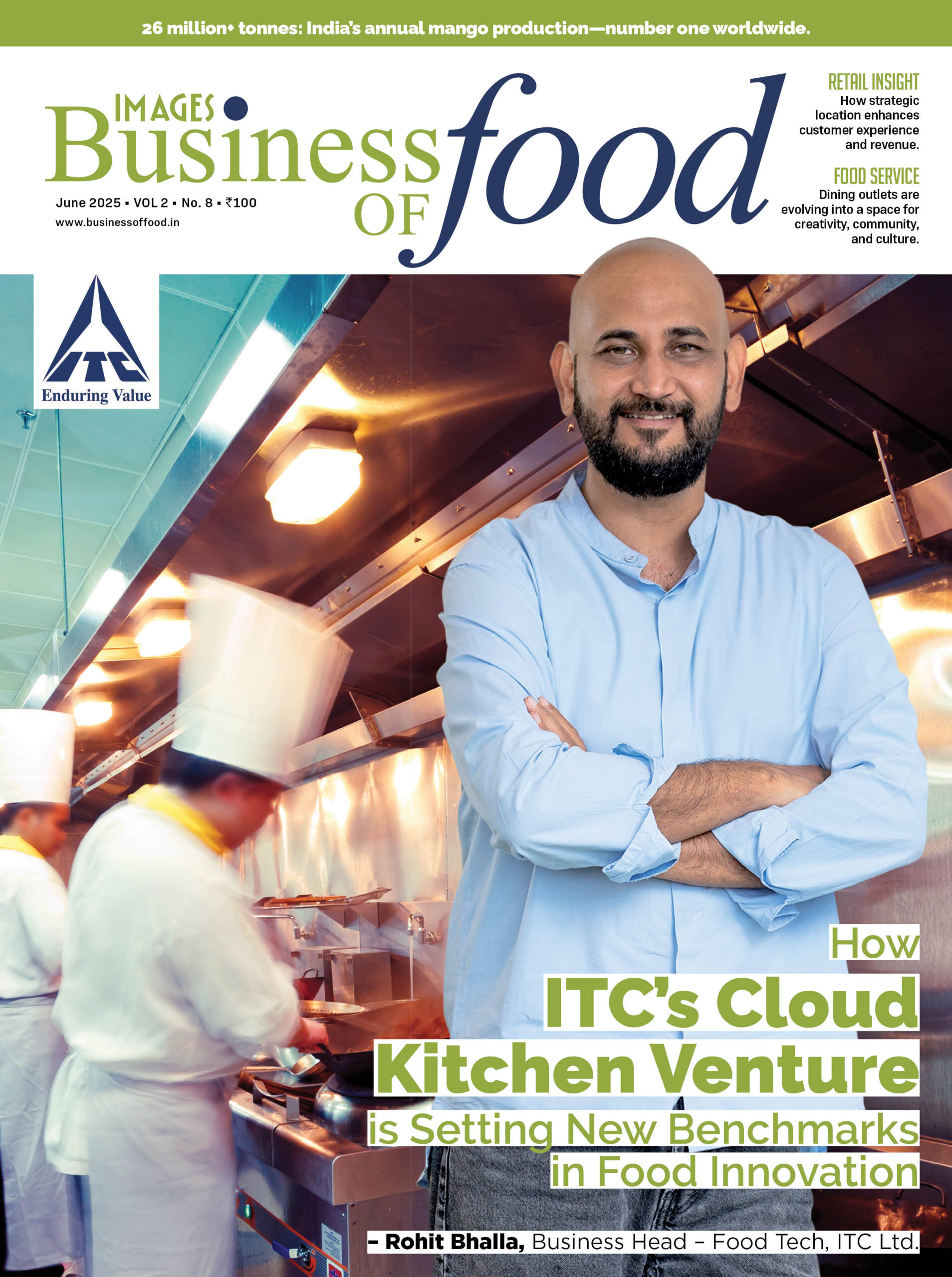For a long time, India has dominantly been a whiskey market, with the classic spirits reigning supreme. But in the last decade, we have witnessed a delightful shift, with an increase in the Indian millennials and GenZ determining the drinking patterns of the market. Premium spirits like rum, vodka, gin and tequila have made their…



